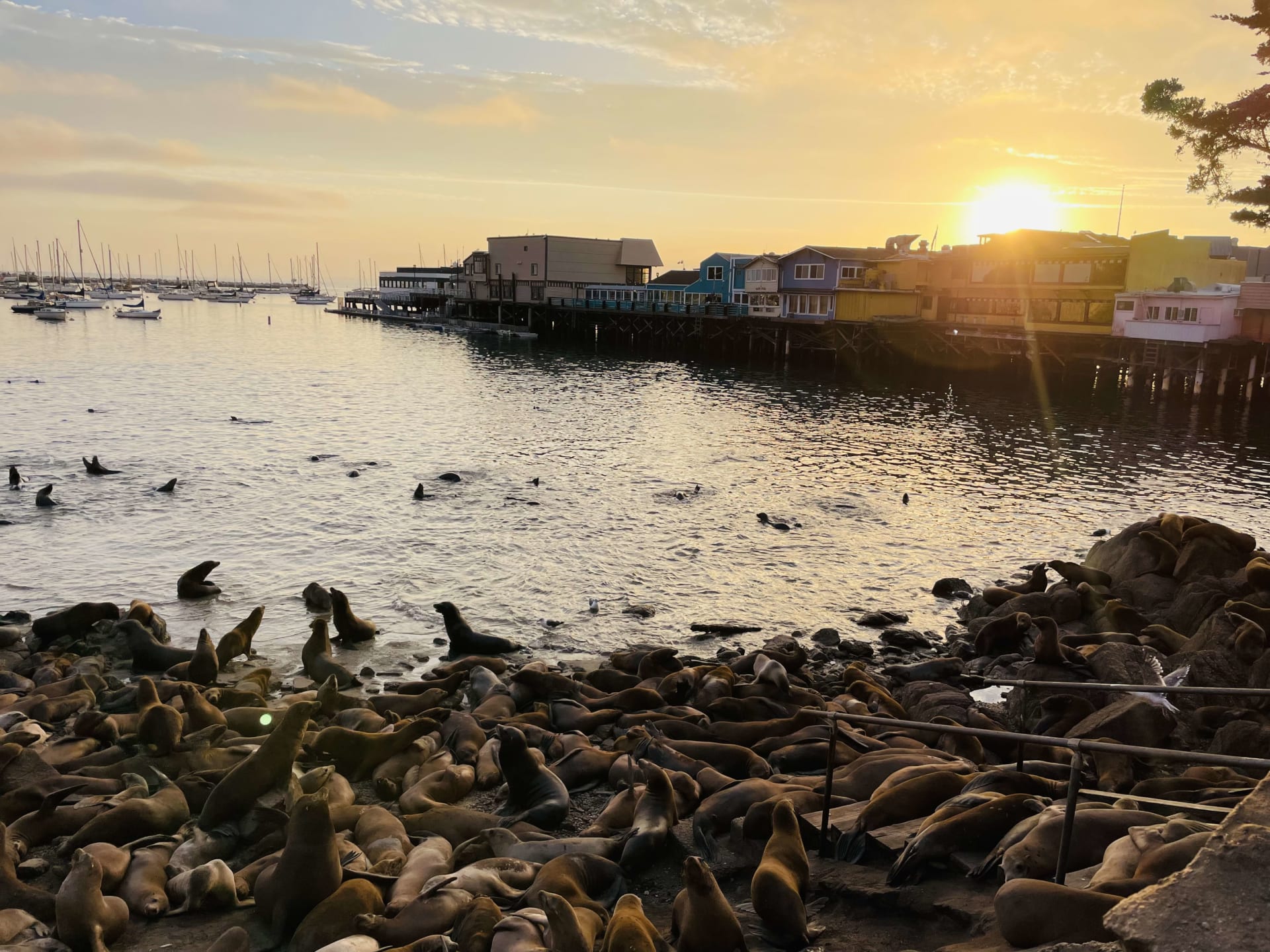By: Coco Xu
We know more about the moon’s surface than we do about our own ocean. And the key to attaining a deeper (no pun intended) understanding of it could just be in its own furry, flippered residents.
Nathan Angelakis and his colleagues at the South Australian Research and Development Institute enlisted the help of Daphne, Phoebe, Iris, and Pasithea along with four other Australian sea lions as part of a research project. The researchers gave the sea lions a light sedative, and then attached small cameras, GPS trackers, and motion sensors adding up to less than 1% of the sea lions’ body weight while they were sleepy.
Upon regaining consciousness, the sea lions flopped their way to the ocean and returned days later with 89 hours of some of the most eye-opening underwater footage ever captured. Excited researchers saw clips of sea lions chasing after fish, catching small sharks, and tussling with octopi. The footage even included the first-ever recording of a mother Australian sea lion teaching her pup to hunt.
These cameras could play a major role in the conservation of the Australian sea lion species, which is currently endangered. “The more we learn about them, the better chance we’ll have to manage them and protect them,” said Dan Costa, professor of ecology and evolutionary biology at UC Santa Cruz, who was not involved in the study.
But perhaps more importantly, the cameras give scientists a better way of mapping out the sea floor.
Currently, the most popular way to do this involves the use of sending vessels into the ocean depths.
However, this is incredibly expensive and time-consuming to do, and only 26% of the seabed has been mapped at high resolution as a result. On the other hand, the cameras towed by sea lions are cheaper and more efficient, as these lovable pinnipeds consistently dive up to 300 feet below the surface to hunt.
After reviewing the gathered footage, the researchers used it along with data gathered by trackers to train a machine learning model to map the sea floor habitats in the surrounding regions.
These cameras are a big step forward in the field of marine sciences. After all, sometimes you just have to look at things from a different perspective; in this case, through the eyes of a sea lion.











